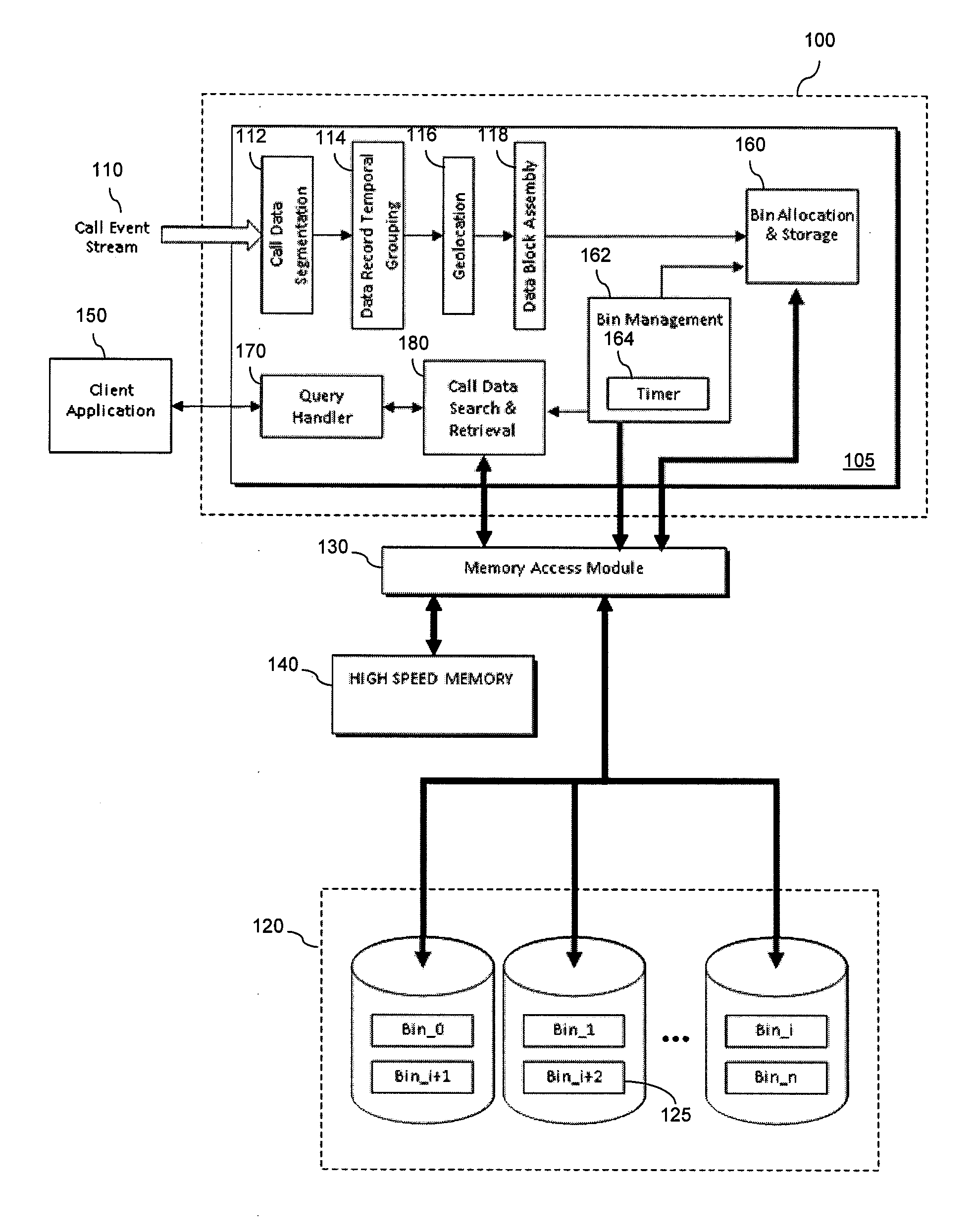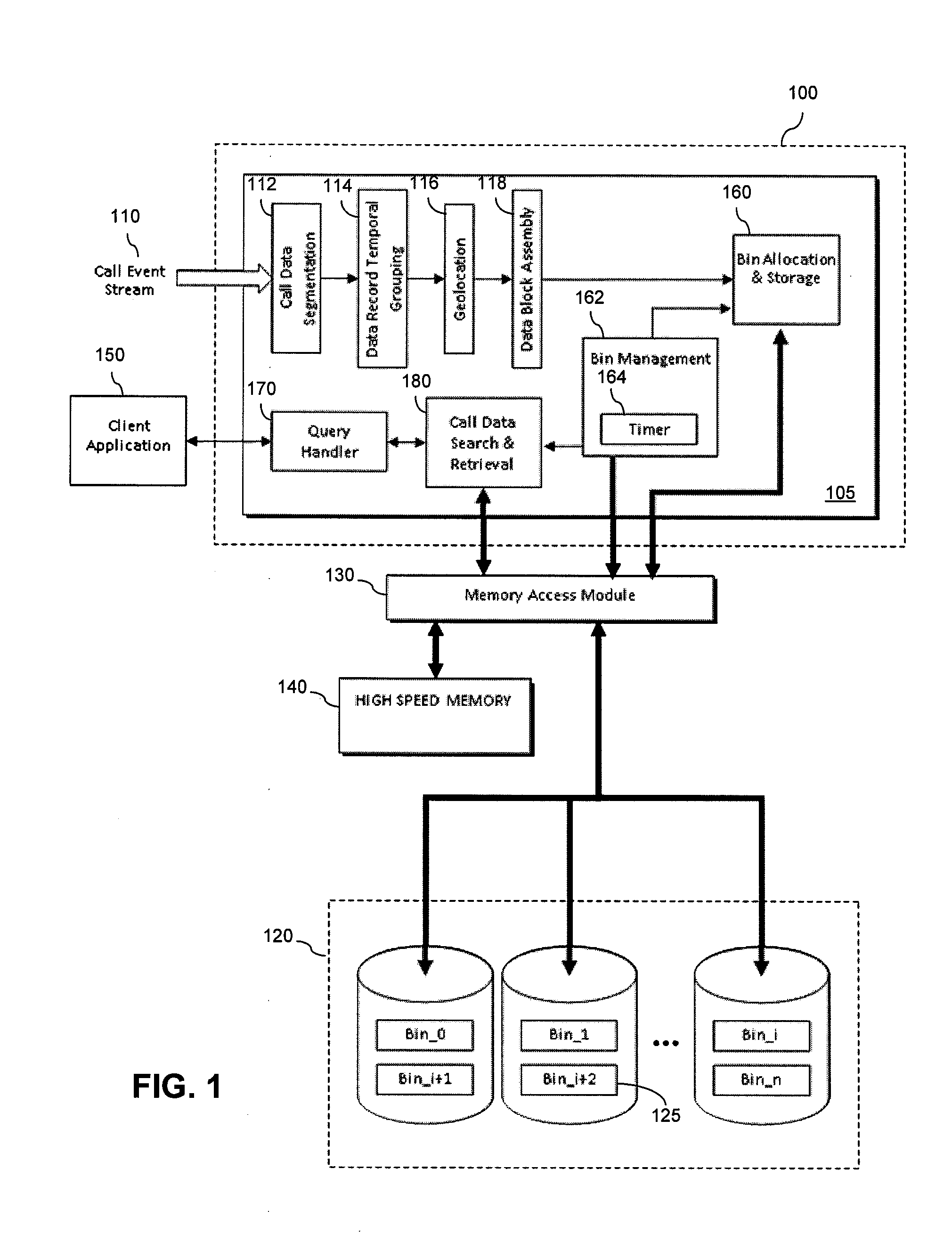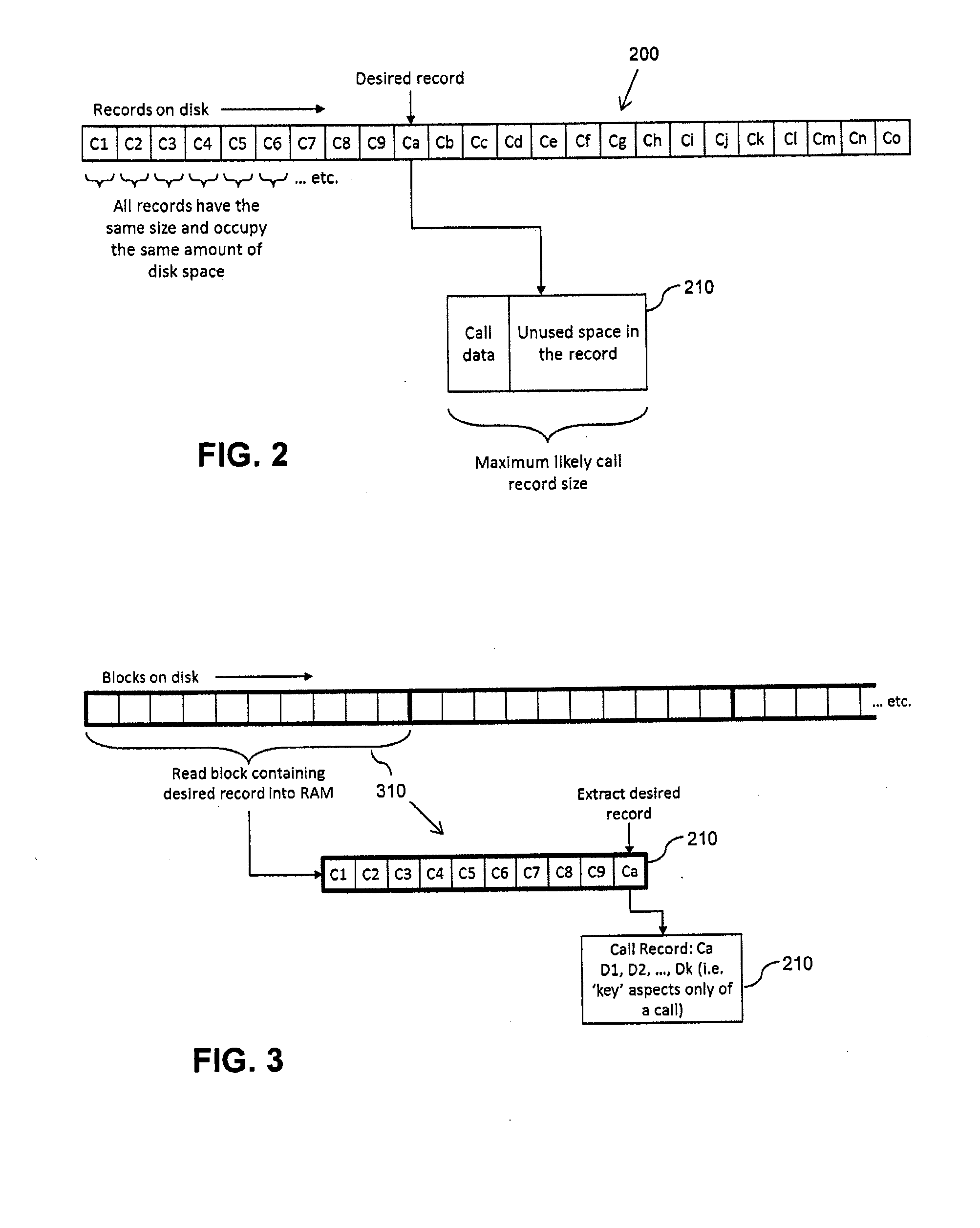Method and apparatus for managing call data
a call data and call data technology, applied in the field of managing call data, can solve the problems of not being able to solve faults, unable to centrally decide on setting up and ‘tearing down’ call links throughout the network, and additional complication of the volume of information generated within the wireless communication system, so as to achieve the effect of alleviating one, reducing one, and eliminating on
- Summary
- Abstract
- Description
- Claims
- Application Information
AI Technical Summary
Benefits of technology
Problems solved by technology
Method used
Image
Examples
Embodiment Construction
[0055]Examples of the invention will be described in terms of a system and a method for managing call data within a cellular communication network.
[0056]In some examples, there is described a method comprising receiving call data for at least one call from the at least one radio network element within the cellular communication network, arranging the received call data into call data records, assembling the call data records into at least one data block, and writing the at least one data block to at least one data storage device. Wherein, in such examples, the method comprises, upon receipt of a call data query, retrieving call data records from the at least one data storage device on a per data block basis.
[0057]In some examples, there is described a method comprising receiving geolocation associated call data for at least one call within the at least one cellular communication network, arranging the received geolocation associated call data for the call into at least one call data...
PUM
 Login to View More
Login to View More Abstract
Description
Claims
Application Information
 Login to View More
Login to View More - R&D
- Intellectual Property
- Life Sciences
- Materials
- Tech Scout
- Unparalleled Data Quality
- Higher Quality Content
- 60% Fewer Hallucinations
Browse by: Latest US Patents, China's latest patents, Technical Efficacy Thesaurus, Application Domain, Technology Topic, Popular Technical Reports.
© 2025 PatSnap. All rights reserved.Legal|Privacy policy|Modern Slavery Act Transparency Statement|Sitemap|About US| Contact US: help@patsnap.com



